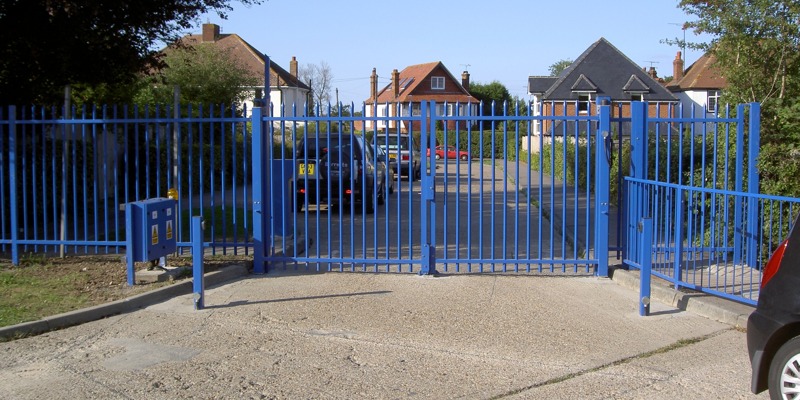The CDM – Construction (Design and Management) Regulations 2015 recognises the role of the ‘Principal Designer’ as having accountability for coordinating the health and safety aspects during the pre-construction phase of a project. For an automated gate installation, this could be the primary design consultancy, architect, consulting engineer, surveyor, specifier, principal or specialist contractor. The Principal Designer takes into account any significant risks arising from the automated gate design that could adversely affect the project.
When you are considering installing a new gate – automatic or manual – it is important to design out any hazards so there are a number of considerations to bear in mind.
- Is the ground / road leading to and from the gate level?
- Are there any obstructions which the gate might open against?
- What type of gate will deliver the safest and most effective means of protection?
- How will the gate be made? Do any of the hinges create potential pinch points? Does the infill represent a potential trap point?
When the type of gate has been identified and the entrance landscaping or fencing also agreed upon, the overall strength of the installation needs to be addressed. Are the foundations commensurate with the weight of the gate? Are the gate posts sufficiently robust? Does the gate require any stops or brackets to prevent it falling?
If the gate in mind is to be operated manually, thought should be given to how easy it will be to move the gate. The accepted norm is that the gate should never need more than 26kg (260 newtons) to operate safely. Be aware that wind factors will dramatically increase the load on a swing gate.
If you elect to install an automated gate you will need to consider how the gate is to be operated. Will it be a hold to run or a fully automated installation? The choice of safety devices will be influenced by the mode of operation but will typically include safety edges and photocells.
The control equipment will need to be connected to the electrical mains supply by a suitably qualified (17th edition) electrician to ensure compliance with current industry guidance.
Once the gate has been installed, it is vital that the gate user / owner is encouraged to regularly inspect the device to check for wear & tear / the safe operation of the gate. Formal maintenance by either the original installer or an alternative maintenance company should be conducted every six-months as a minimum.
If you are unsure how to achieve any of the above, it’s time to contact a Gate Safe installer, visit the Gate Safe website to find the installer closest to you.
